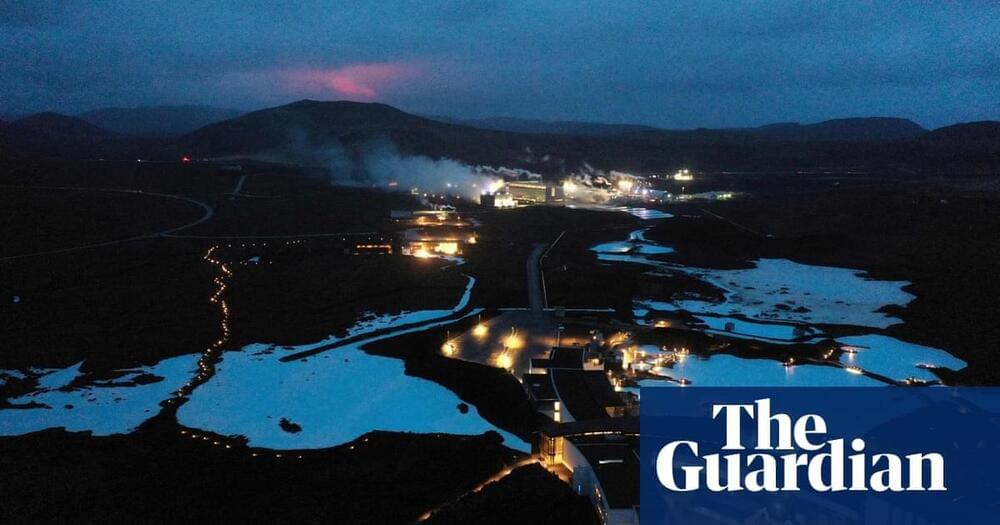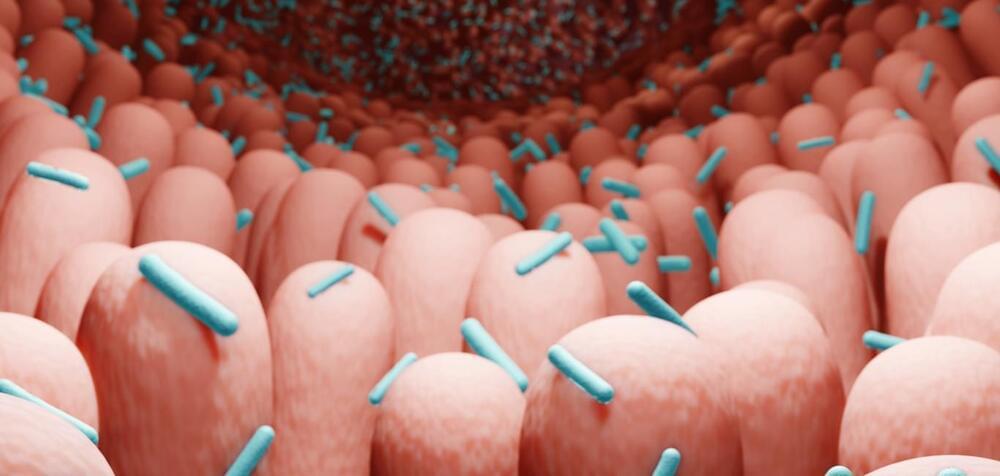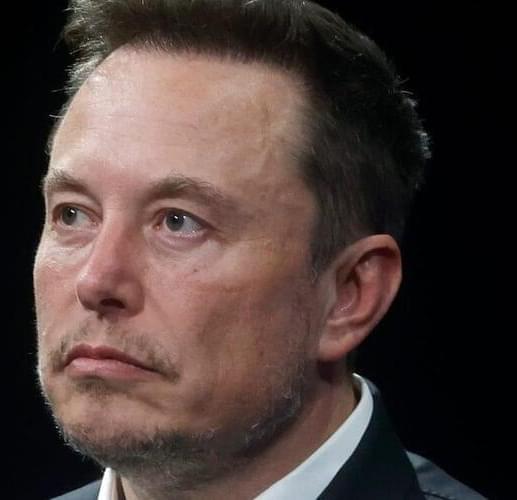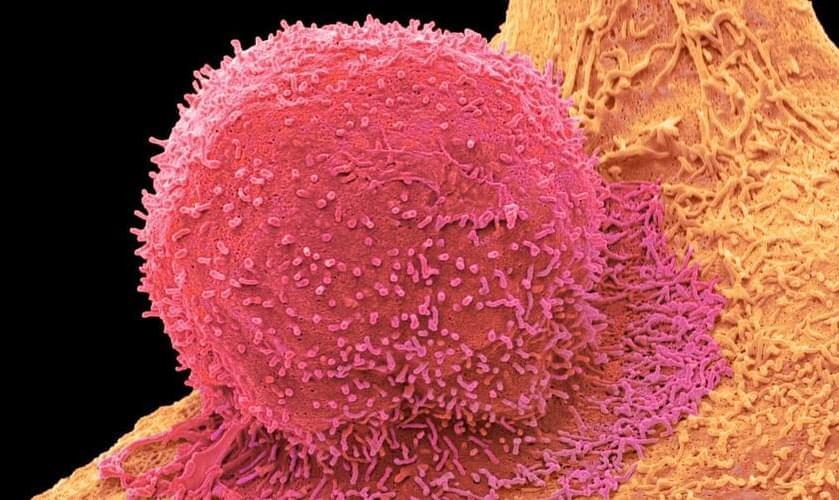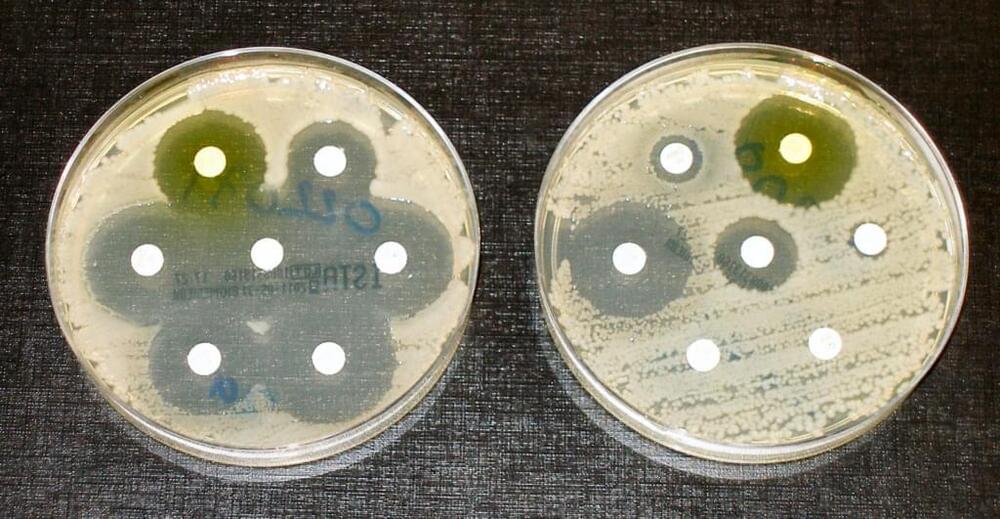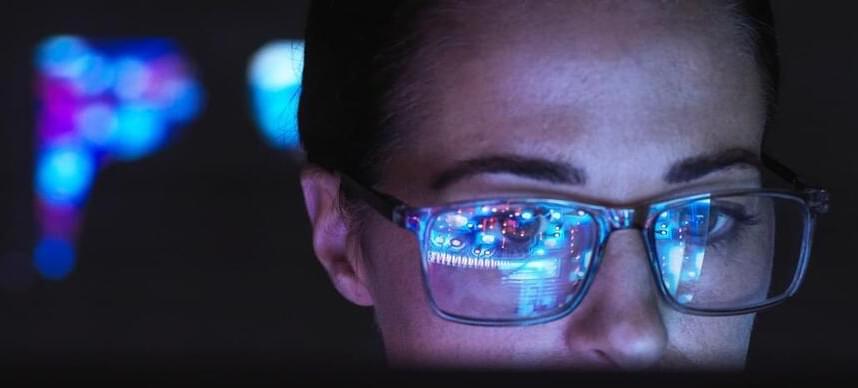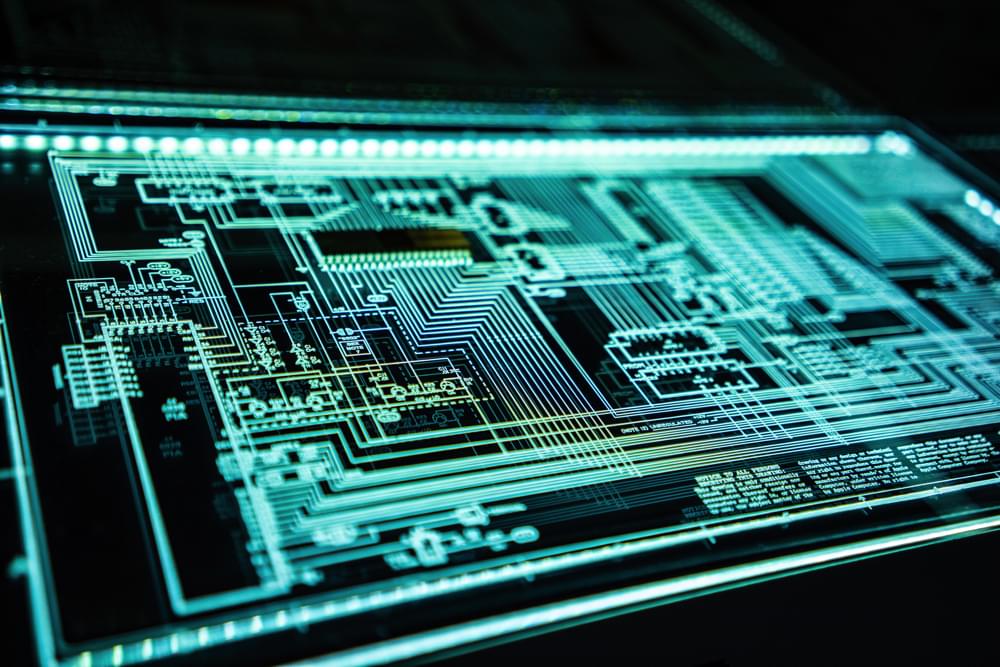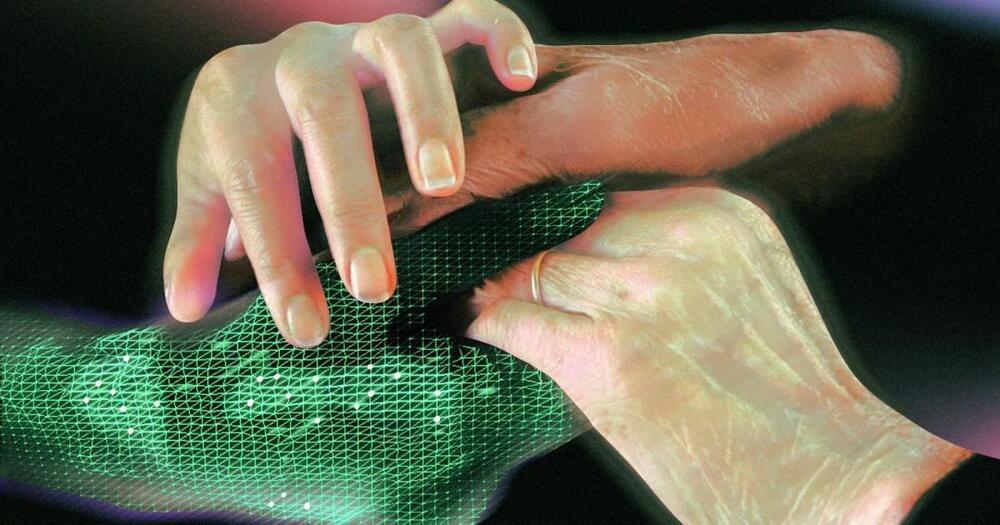Researchers at the University of Oxford, UK have found that butyrate, a short-chain fatty acid produced by gut bacteria, can boost the antimicrobial activity of immune cells in the gut, possibly helping them better fend off bacterial infections and improve immune health.
The study, which exposed human monocytes and macrophages (immune cells) to bacterial infections to simulate real-world scenarios in the lab, backs up ongoing research into the benefits of butyrate as a therapeutic component to combat conditions—from food allergies to inflammatory bowel disease (IBD) and support immune system function.
